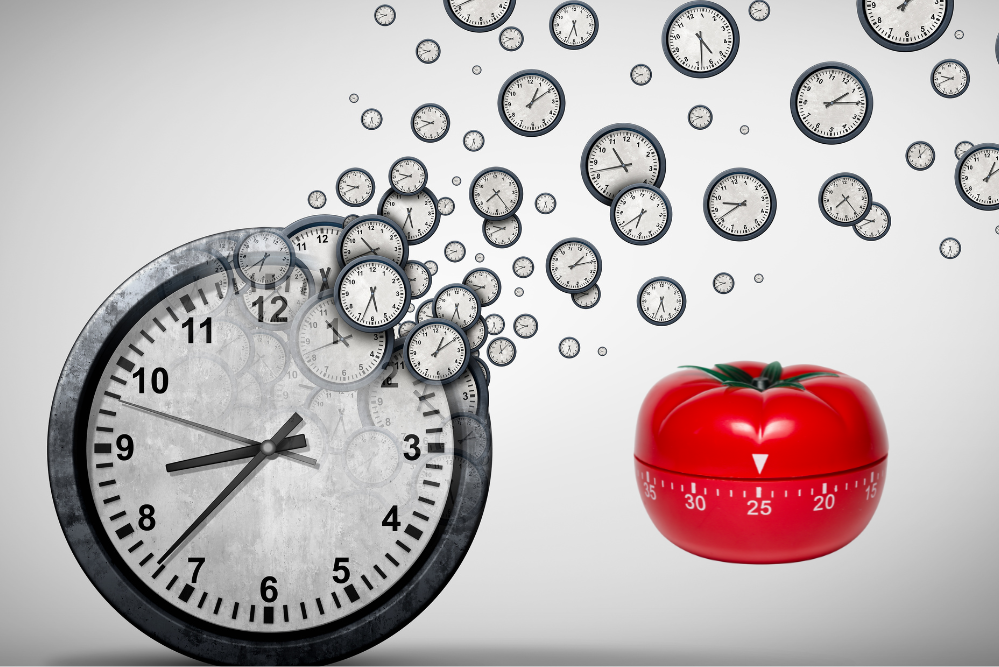How To Find Balance In A Fast-Paced World
Much like yours, my life can be deeply affected by the relentless pace of the modern world. Constant connectivity and a culture geared towards perpetual productivity leave many of us feeling stretched thin. How to find balance in a fast-paced world can be challenging. So what exactly does ‘balance’ mean today? Picture a seesaw. Put all your work obligations, to-do lists, and digital pings on one side. On the other side, place your personal well-being, family time, and leisure activities. Achieving balance means this seesaw doesn’t tip too drastically in either direction.
Yet, with smartphones in hand and notifications buzzing, it’s easy to lose grip on the personal connections that keep us grounded. The digital era has blurred the lines between ‘on’ and ‘off’ time, often to the detriment of our mental space and relationships.
Recognizing the Signs of Imbalance
I need to notice early when my life starts veering off balance. Because catching these signs helps avoid more significant issues down the road. I look for the common symptoms that my life might be tilting too much toward work or personal stress.

I’ve learned that fatigue that doesn’t go away is a red flag. I am irritable, and my passion dips for activities I once loved. When I’m finding it hard to sleep or my relationships begin to strain, these are also signals that I need to recalibrate.
I also focus on self-awareness. Reflecting on my feelings and behaviour patterns helps me understand my limits. An imbalanced life may not look the same for everyone, so knowing myself is vital to recognizing my unique signs of overload.
Unaddressed, these symptoms can lead to reduced productivity and foster issues in my professional and personal relationships. It can become a cycle that feeds on itself, making breaking free and restoring equilibrium harder.
However, recognizing the problem is only the first step. Next, I need to look at practical methods to bring my life back into harmony. That’s where the real change begins. And this is what I will explore in the following section on strategies for slowing down, focusing on embedding mindfulness and effective time management into my daily life.
Strategies for Slowing Down: Mindfulness and Time Management
In the rush of deadlines and ever-growing priorities, it’s easy to lose sight of the present moment. Mindfulness grounds you in the here and now and helps you restore balance. Start with something as simple as spending five minutes daily in quiet reflection or deep breathing. It doesn’t require any special equipment, just a few moments of your time.
Time management, on the other hand, is all about intentionality. Strategies like the Pomodoro Technique, where you work for 25 minutes and then take a five-minute break, can prevent burnout and improve focus. Another tip is to start each day by identifying the three most important tasks. Committing to completing them ensures that your energy goes into the activities that will have the most significant impact.

Finally, understanding that to say no is integral to establishing boundaries. Your time is a finite resource, and allocating it to what truly matters is essential. You may have to turn down an additional project at work or opt out of a social event when you need to recharge. Remember, whenever you say yes to something, you’re inherently saying no to something else, potentially your well-being.
Creating Support to Find Balance in a Fast-Paced World
The space around us can profoundly affect our mental state and ability to find balance. It’s not just about physical spaces; the people we interact with also shape our ability to maintain equilibrium in a fast-paced world.
For starters, building a solid social circle of friends, family, and colleagues who support your pursuit of balance is crucial. These people understand your need for downtime, won’t pressure you, and respect your choices. They’re the ones who’ll remind you to take a break when they see you pushing too hard.
Consider creating a relaxing area at home – a reading nook, a garden space, or a simple meditation corner. Fill it with items that reduce stress and promote calm, such as plants, soothing colours, and comfortable furnishings. What a designated peace zone can do for your mental well-being is fantastic.
The workplace environment matters, too. Conscientious employers can support work-life balance through flexible work arrangements, providing wellness programs, or fostering a company culture that discourages round-the-clock work. If you have the latitude to customize your workspace, do so in a way that makes you feel at ease and productive.
These supports act as reminders and tools that help us consistently practice balance. With the right environment, we position ourselves to better face the challenges and high-speed demands we encounter every day.
Long-term Commitment to Balanced Living
Adopting a balanced lifestyle is not a one-time fix but a continual process of growth and adjustment. To find equilibrium in a fast-paced world, commit to maintaining that balance.
Each day brings challenges and opportunities, and what worked yesterday might not be the solution for tomorrow. Keeping a flexible mindset allows for routines to adapt to changing circumstances. This flexibility and a solid foundation of balanced habits pave the way for enduring well-being.

Periodic self-reflection is crucial. It helps to regularly step back and evaluate how life’s priorities may have shifted and how your strategies for balance may need to change in response. Continuous learning from successes and setbacks shapes a more resilient approach to life’s unpredictability.
Furthering personal development through new skills, hobbies, or educational pursuits can also invigorate one’s sense of balance. These activities enrich life and build a buffer against stress by providing an outlet for creativity and relaxation.
In conclusion, each person’s journey to balance is ongoing and unique. Embrace changes, learn proactively, and remember to celebrate the small victories along the way. With time and dedication, a balanced life becomes an aspiration and a reality.
Resources:
Stress-Free Summer: Mindful Strategies for Managing Overwhelm During the Season. https://www.coachkathealth.com/post/stress-free-summer-mindful-strategies-for-managing-overwhelm-during-the-season
The Cost of Being Busy
https://www.simplehomesimplelife.com/blog/the-cost-of-being-busy-10-steps-to-find-balance

